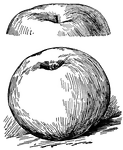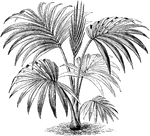
Hedyscepe Canterburyana
Hedyscepe canterburyana is a tall stove palm. The tree grows to be thirty two fee tall. This tree is…
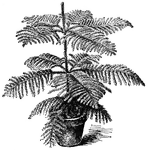
Araucaria Excelsa
The common name of Araucaria excelsa is Norfolk Island Pine. The plant is light green and has curved,…
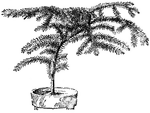
Araucaria Excelsa
The common name of Araucaria excelsa is Norfolk Island Pine. Pictured is a unsymmetrical tree grown…
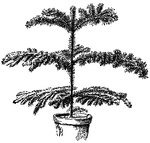
Araucaria Excelsa
The common name of Araucaria excelsa is Norfolk Island Pine. Pictured is a poor specimen. It is a poor…

Araucaria Excelsa
The common name of Araucaria excelsa is Norfolk Island Pine. The branches resemble fronds.
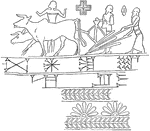
Babylonian Seal Impression
Pictured are men plowing a sowing. This illustration is from a Babylonian seal impression from the 14th…

Argentine Ant
Image of an Argentine ant. This destructive insect is native to parts of South America, but was accidentally…
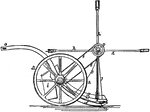
Wilson-Rhode Locust Catcher
The Wilson-Rhode locust catcher was a horse-drawn device used to trap and kill locusts. Locusts were…

Human Leg (Front View), and Comparative Diagrams showing Modifications of the Leg
This illustration shows a human leg (front view), and comparative diagrams showing modifications of…

Leg of Seal
This illustration shows the leg of a seal. P. Pelvis, FE. Femur, TI. Tibia, FI. Fibula, TA. Tarsus,…

Coin of Cypress
A coin of Cypress, representing the temple of Venus. It shows that she was worshiped in this island…

Coin of Paphos
A coin of Paphos, now Baffo, in the island of Cypress. It shows that Venus was the deity worshiped there…
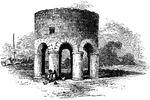
Newport Tower
The Newport Tower (also known as: Round Tower, Touro Tower, Newport Stone Tower and Old Stone Mill)…
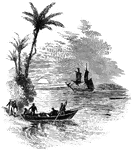
Landing on an Island
People in a boat landing on an island while the main ship stands along on the ocean during a sunset.

Port of Skala on the Island of Patmos
View of the Skala harbor on Patmos. It is on this island that John received his visions recorded in…
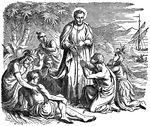
Saint Francis Xavier on the Coast at the Portuguese Settlement of Goa
Illustration of Saint Francis of Xavier preaching to the Portuguese at Goa. Several men and women are…

Elephant Seal on a Rock
"The seal Macrorhinus elephantinus or proboscideus, or Morunga proboscidea. It is the largest of the…

Seal Swimming up to an Igloo
Illustration of the entrance of an igloo, built out of ice, partially underwater. A seal is swimming…

Leopard Seal
Leptonychotes weddelli. "A spotted seal of the southern and antarctic seas, belonging to the family…

Seal Press
"A press or stamp bearing dies on its jaws, or a die and a bed, for imprinting or embossing any device…
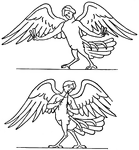
Sirens on a Greek Funeral Marble
"In Greek mythology, one of two, or three, or an indeterminate number of sea-nymphs who by their singing…

Skippet - Open Box with a Seal Inside
"A circular box used for covering and protecting a seal. Old documents were commonly sealed by means…
